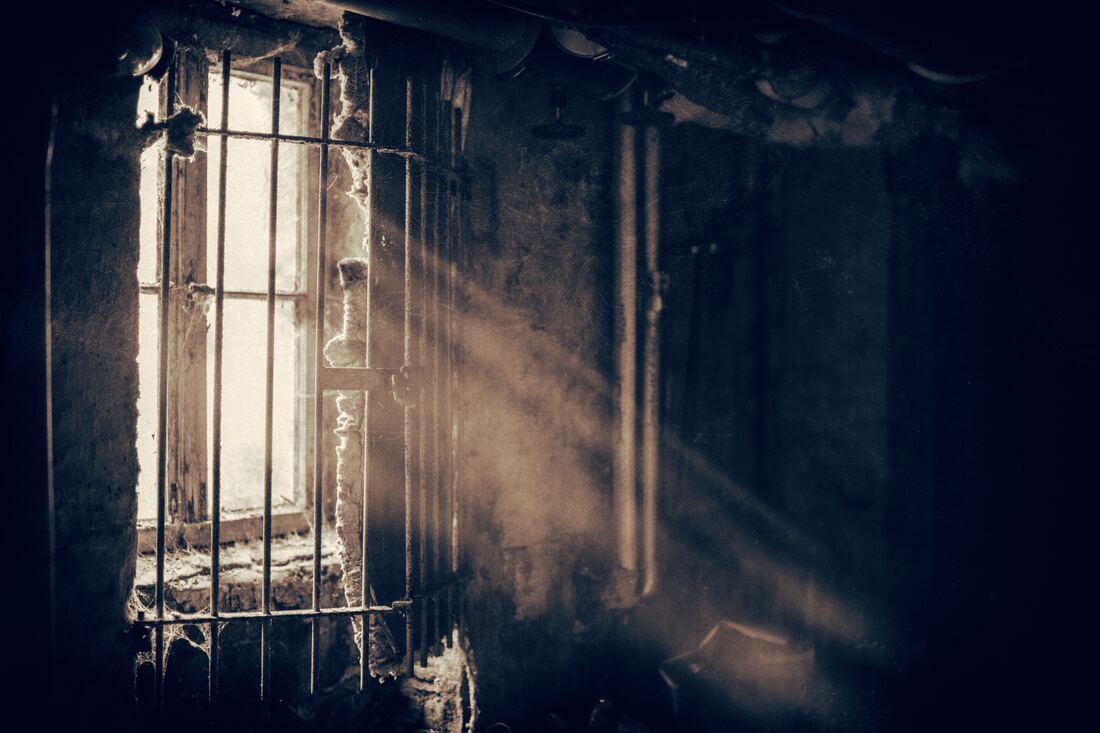|
1.The Number of People in Prison America incarcerates over 2.2 million in either jail or prison. The United States possess 3% of the world’s population and 20% of the world’s prisoners. There are more people in prison in the U.S. per 100,000 people than under authoritative regimes like China and Russia.[1] 2.Percentage of Cases that use a Public Defender Upstream from mass-incarceration are many askew features in the criminal justice system. One of these features is the lopsided adversarial defense that favors the prosecution. If one is unable to afford an attorney, they have a public defender appointed to them. More than 80% of those facing serious criminal charges use a public defender over a hired one because they cannot afford the latter.[2] 3.Public Defender Caseload Writing on America’s public defender crisis, Theodore Shchoneman says: “This lack of public defenders can cause some unfortunate consequences. In Missouri, public defenders can handle up to 150 cases at a time. The average Kentucky public defender worked on 460 cases in 2016. In Florida, the annual felony caseload for public defenders was 500 felonies. Large caseloads like these lead Washington State public defenders to be able to work only about an hour per case.”[3] 4.Number of Cases that End in Plea Bargain Most criminal cases end in a plea bargain and do not go to trial. Not only is this a subversion to the constitutional right to a trial, it is undoubtedly feeding prison growth. It is better to plead guilty to a crime (that the accused perhaps did not commit) than to risk facing the maximum penalty for the same crime. For example, in D.C. a first time offender convicted guilty of selling a hard drug like crack or heroin could face five to thirty years in prison. [4] Since this is the reality many are faced with, it has been noted that over 95% of cases that charge people with a crime end in a plea bargain and not a trial.[5] 5.Cost of Housing a Prisoner vs. Income This statistic varies from state to state, both for the cost of housing a prisoner and the median income. In New York, the median income a year was approximately $69,000[6] while the cost to house a prisoner was $70,000.[7] Assuming that same income in a married household in New York, it would takes four families making the same wage to pay for one prisoner (assuming that 100% of their taxes were devoted to it). 6.Recidivism Rates Recidivism, which simply refers to those that re-offend after prison, is also alarmingly high. In one study, almost 45% of prisoners released were re-arrested within one year. [8] 7. Violent Crime Drives Prison Growth Contrary to the popular narrative that non-violent drug crimes are driving prison growth are the facts. Violent crime remains the number one reason for incarceration.
Table 1: Composition of Inmates in State Prisons, 1980 and 20098. Minorities are Disproportionately Affected Though the incarcerated in America are composed of every ethnicity, we should be alarmed by the disproportionate nature of those locked up. Consider the table below:
Table 2: 2010. Inmates in adult facilities, by race and ethnicity. Jails, and state and federal prisonsAt the end of the year 2014, it has been noted that “imprisonment rates for blacks were 3.8 to 10.5 time higher than white and 1.4 to 3.1 higher for Hispanics and any given age group.” [11] Notes: [1]The United States has no rival in its prison population, even dwarfing the runner-up, China, whose ratio of prisoners to population is 118 prisons per its 100,000 people compared to the U.S.’s 737 per 100,000. “Highest to Lowest - Prison Population Total,” Prison Studies (World Prison Brief, 2019), https://www.prisonstudies.org/highest-to-lowest/prison-population-total?field_region_taxonomy_tid=All.
[2] John F Pfaff, Locked In: The True Causes of Mass Incarceration--and How to Achieve Real Reform (New York, NY: Basic Books, 2017), 136. [3] Theodore Schoneman, “Overworked and Underpaid: America's Public Defender Crisis,” FORDHAM POLITICAL REVIEW (Fordham Political Review, September 19, 2018), http://fordhampoliticalreview.org/overworked-and-underpaid-americas-public-defender-crisis. [4] James Forman, Locking Up Our Own: Crime and Punishment in Black America (New York, NY: Farrar, Straus and Giroux, 2017), 121. [5] Rachel E Barkow, “Separation of Powers and the Criminal Law,” Stanford Law Review 58, no. 310 (2006): p. 989. [6] “New York,” Deloitte Touche Tohmatsu Limited (DATA USA), accessed February 7, 2020, https://datausa.io/profile/geo/new-york. [7] “The Price of Prisons,” Vera (Vera Institute of Justice, February 6, 2020), https://www.vera.org/publications/price-of-prisons-2015-state-spending-trends/price-of-prisons-2015-state-spending-trends/price-of-prisons-2015-state-spendinClarke, Matthew. “Long-Term Recidivism Studies Show High Arrest Rates.” Prison Legal News, May 3, 2019. https://www.prisonlegalnews.org/news/2019/may/3/long-term-recidivism-studies-show-high-arrest-ratesg-trends-prison-spending. [8]“Long-Term Recidivism Studies Show High Arrest Rates.” Prison Legal News, May 3, 2019. https://www.prisonlegalnews.org/news/2019/may/3/long-term-recidivism-studies-show-high-arrest-ratesg-trends-prison-spending. [9] John F Pfaff, Locked In: The True Causes of Mass Incarceration--and How to Achieve Real Reform (New York, NY: Basic Books, 2017), 31. [10] Prison Policy Initiative, “Breaking Down Mass Incarceration in the 2010 Census,” Prison Policy (Prison Policy Initiative, May 18, 2014), https://www.prisonpolicy.org/reports/rates.html. [11] Anthony B. Bradley, Ending Overcriminalization and Mass Incarceration: Hope From Civil Society (Cambridge: Cambridge University Press, 2018), 23.
0 Comments
Leave a Reply. |


